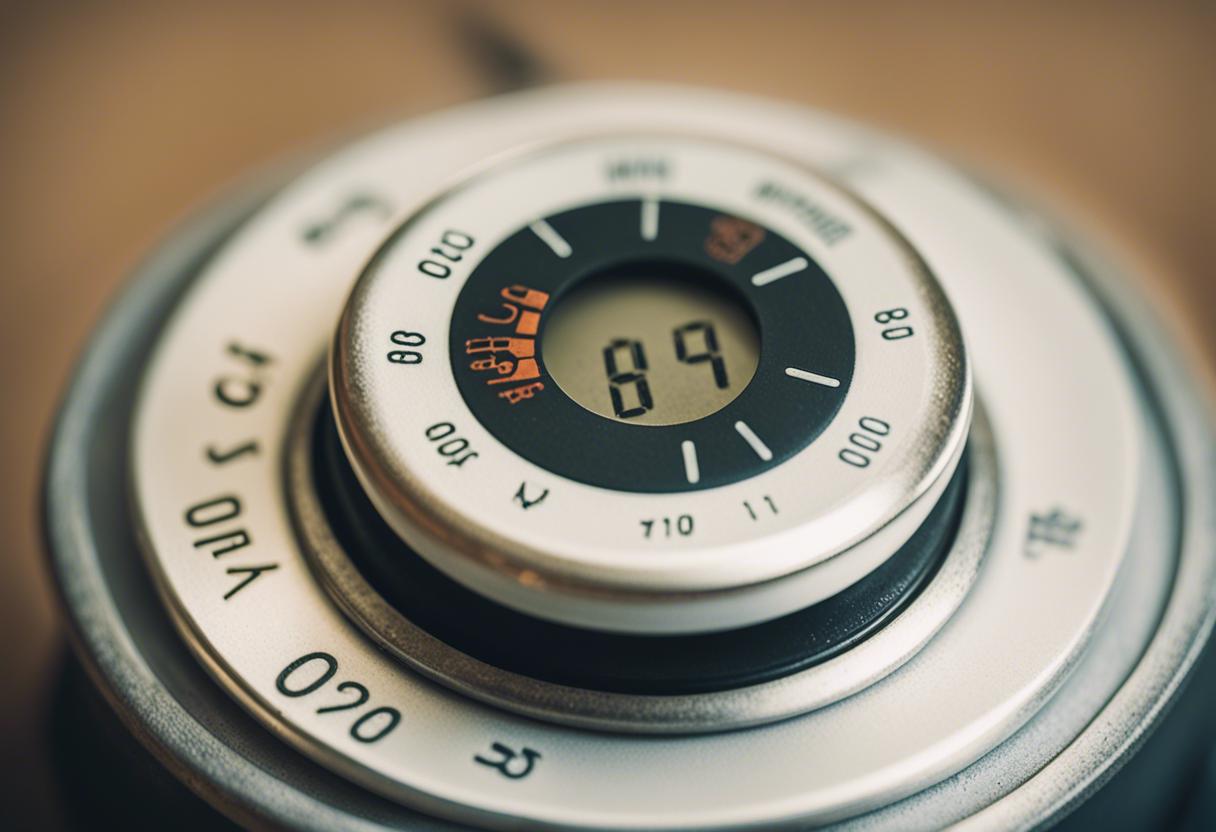Has the misconception that installing a heat pump necessitates a significant home renovation, including underfloor heating installation and replacements of windows and doors, deterred you? It’s understandable since many narratives about home improvements often associate heat pumps with extensive refurbishments. This can indeed seem overwhelming, even with substantial funding options available.
However, it’s essential to note that houses erected after the modern building norms were implemented in 2007 are usually built to a standard that enables effective use of a heat pump. This is excellent news not just because grants can subsidise up to €10,500 of the cost but also because it gives homeowners the opportunity to enhance their homes’ cosiness, become more energy-efficient, and save money.
So, what is holding you back? For most of us, it’s our incumbent oil or gas boilers, according to Brian McIntyre, who serves as programme manager for high-performance building technologies at Ireland’s Sustainable Energy Authority. As heating forms a fundamental aspect of our homes, decisions regarding changes are often taken after careful thought. However, McIntyre advises that if your present oil or gas boiler is around a decade old, it might be time to consider a heat pump.
Those living in properties constructed before 2007 would need an independent technical examination to determine if the insulation is sufficient for optimal heat pump functioning. McIntyre compares a poorly insulated house to a porous bucket that won’t retain heat, resulting in constant energy use to maintain temperature – a circumstance void in houses built post-2007 which typically have adequate insulation.
He also dispels a common myth that only houses with an A grade Ber rating or newly constructed homes can accommodate a heat pump. He highlighted that around 250,000 homes currently reliant on oil or gas boilers could introduce a heat pump immediately.
While it is true that underfloor heating tends to be more effective than conventional radiators, it is not an absolute requirement to benefit from a heat pump’s high efficiency. In fact, in certain situations, there is no need for new radiators at all.
It is intriguing that some of us are somewhat apprehensive about embracing heat pump technology mainly due to a lack of comprehension, which is amusing since many of us are also unclear about how our gas or oil boilers function, let alone our refrigerators, which are technologically the most similar to heat pumps.
A heat pump, in simple terms, is just like your gas or oil boiler – a provider of hot water. The only real distinction is that heat pumps have an exceptionally higher energy efficiency. Traditional boilers offer just below one unit of heat for every unit of energy spent on them, whereas heat pumps provide three units of heat for each unit of energy used, making them substantially more proficient.
Furthermore, heat pumps maintain a constant warmth in your home, resulting in a more comfortable and healthier living condition, without the temperature fluctuations one experiences with oil or gas boilers. The temperature within the house stays unchanged with a heat pump. This leads to some noting that they’re uncertain about the outside temperature.
There are misconceptions that heat pumps don’t function properly in cold weather, which is incorrect. The widespread use of heat pumps in Scandinavia is a testament to this. Heat pump technology is presently the most advanced method available for reducing our reliance on carbon-based heating.
Electrification of heat brings with it numerous additional benefits including cleaner air and enhanced energy security, according to McIntyre. He emphasized especially on how a heat pump significantly increases indoor comfort.
Patricia Power, Ireland’s popular quantity surveyor and star of TV’s “Room to Improve”, could not agree more. Known for helping clients obtain the best value for their home upgrades, she has recently upgraded her own home heating system with a heat pump.
Two decades ago, Patricia became the proud owner of a century-old home. Shortly after, she revamped the place, installing superior insulation and creating an extension, a strategic move to ensure its long-term worth, according to her.
Last year, acknowledging her family’s increasing needs, Patricia decided to expand her house further. As part of this renovation, she fitted a heat pump with underfloor heating. It was the excellent insulation from her first refurbishment 17 years earlier that made this possible. If you’re considering a heat pump for your home, she stresses, terrific insulation, mainly in the walls and ceilings, is crucial. As a result, she’s able to maintain a consistently warm temperature effortlessly.
Patricia utilises her heat pump in the living room during daylight hours, extracting the most benefit from it. The constant warmth and lack of heat leakage in that part of the house are greatly appreciated by her.
Despite the year of construction, Patricia suggests a technical assessment for all homeowners as an initial step. This evaluation provides a roadmap for their property and allows them to stagger their improvements over time. Patricia points out that many grants offered by the SEAI are for individual projects, enabling homeowners to undertake modifications in phases when it suits them.
She acknowledges that not everyone has the financial capability to renovate their home all at once. As the mother of four school-aged children, her priority for financial expenditure is their education. Thus, she advises taking a systematic approach, improving the property gradually, as she herself has done over the past 17 years. The recently installed heat pump is the latest evidence of her ongoing development plan.

